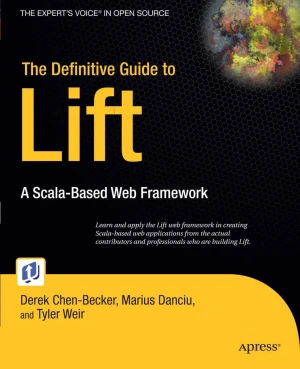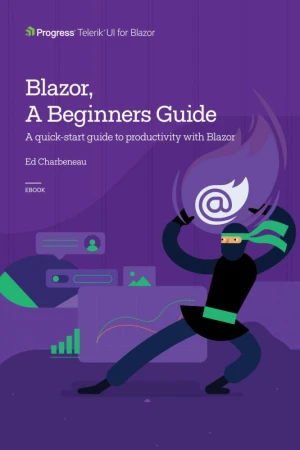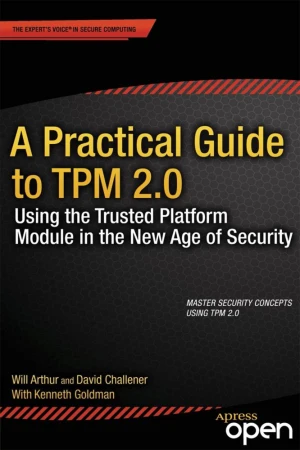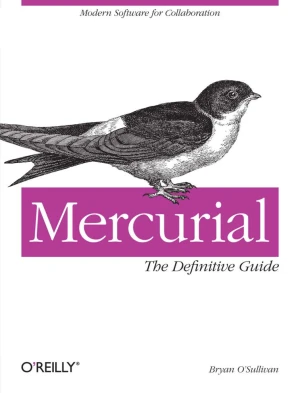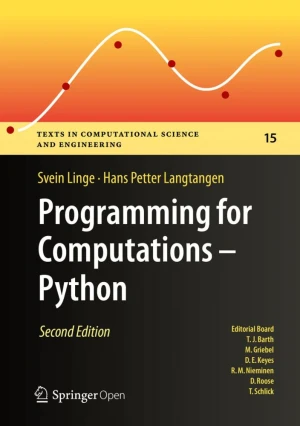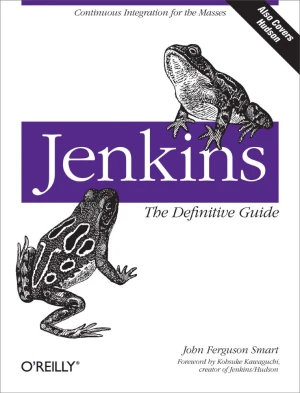The Definitive Guide to Graph Databases
for the RDBMS Developer
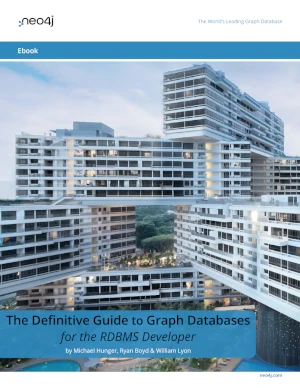
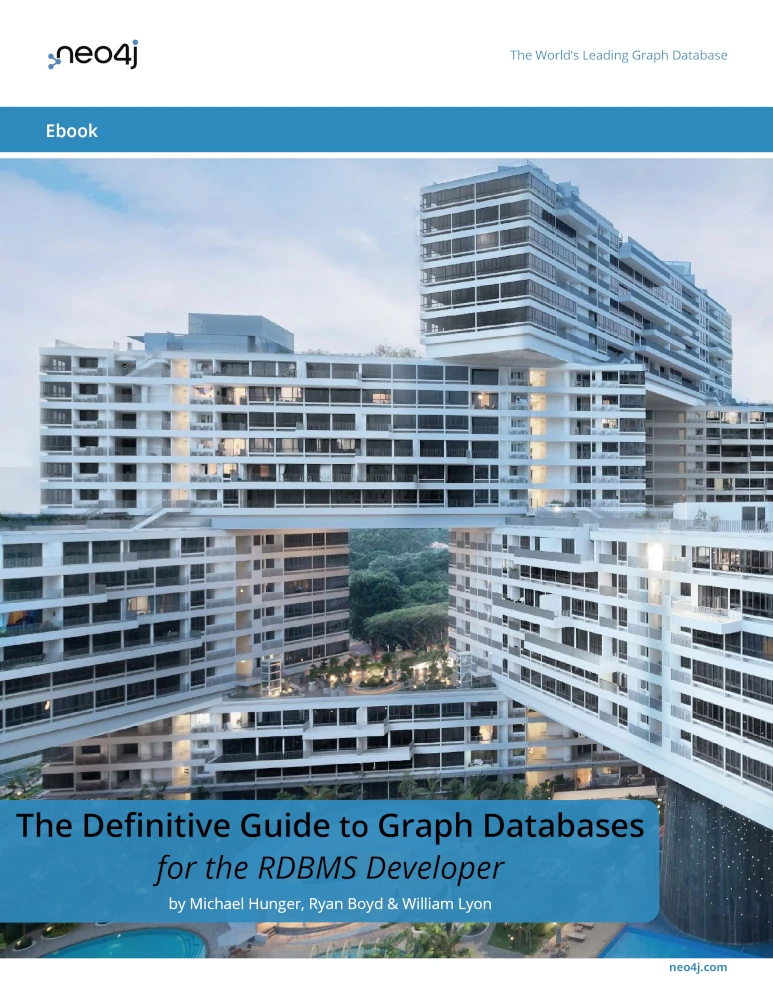
Book Details
| Authors | Michael Hungers, Ryan Boyd, William Lyon |
| Publisher | Neo4j |
| Published | 2021 |
| Edition | 1st |
| Paperback | 35 pages |
| Language | English |
| License | Creative Commons Attribution-NonCommercial |
Book Description
First and foremost, the authors did not write this book to criticize relational databases or undermine a still-valuable technology. Without relational databases, many of today's most mission-critical applications would not function, and without the early innovations of RDBMS pioneers, modern database technology would not have advanced as far as it has.
Instead, the authors wrote this book to introduce developers with RDBMS experience to a database technology that has transformed not only how the world is understood but also how future applications are built. Today's business and user demands require applications that integrate vast amounts of data while maintaining high performance and reliability.
The authors believe the applications of the future will be built using graph databases, and they aim to ensure readers are not left behind. In fact, they are committed to guiding developers through every step of the learning process.
While other NoSQL (Not Only SQL) databases often position themselves in direct opposition to RDBMS technology, the authors prefer to serve as a helpful resource, assisting readers in adding graph databases to their professional toolkit.
Relational databases still have their ideal use cases. However, for scenarios where a different solution is needed, the authors hope this book will help readers recognize when - and how - to use a graph database to address new challenges.
This book is available under a Creative Commons Attribution-NonCommercial license (CC BY-NC), which means that you are free to copy, distribute, and modify it, as long as you attribute the source and don't use it for commercial purposes.
If you enjoyed the book and would like to support the author, you can purchase a printed copy (hardcover or paperback) from official retailers.
Download and Read Links
Share this Book
[localhost]# find . -name "*Similar_Books*"
The Definitive Guide to Lift
Lift is designed to make powerful techniques easily accessible, while keeping the overall framework simple and flexible. Lift makes it fun to develop because it lets you focus on the interesting parts of coding. For those of you have experience with other web frameworks such as Struts, Tapestry, Rails, et cetera, you must be asking yourself, "Why a
Blazor, A Beginners Guide
Blazor, A Beginners Guide is intended for developers with some .NET experience. If you're coming from a non-.NET development background, you may learn some .NET basics along the way, but supplemental material around C# and .NET would be of great help to you. The book begins with the author's own perspective on WebAssembly, why it's important to hav
A Practical Guide to TPM 2.0
A Practical Guide to TPM 2.0: Using the Trusted Platform Module in the New Age of Security is a straight-forward primer for developers. It shows security and TPM concepts, demonstrating their use in real applications that the reader can try out. Simply put, this book is designed to empower and excite the programming community to go out and do cool
Mercurial: The Definitive Guide
This instructive book takes you step by step through ways to track, merge, and manage both open source and commercial software projects with Mercurial, using Windows, Mac OS X, Linux, Solaris, and other systems. Mercurial is the easiest system to learn when it comes to distributed revision control. And it's a very flexible tool that's ideal whether
Programming for Computations - Python, 2nd Edition
This book presents computer programming as a key method for solving mathematical problems. This second edition of the well-received book has been extensively revised: All code is now written in Python version 3.6 (no longer version 2.7). In addition, the two first chapters of the previous edition have been extended and split up into five new chapte
Jenkins: The Definitive Guide
Streamline software development with Jenkins, the popular Java-based open source tool that has revolutionized the way teams think about Continuous Integration (CI). This complete guide shows you how to automate your build, integration, release, and deployment processes with Jenkins - and demonstrates how CI can save you time, money, and many headac

